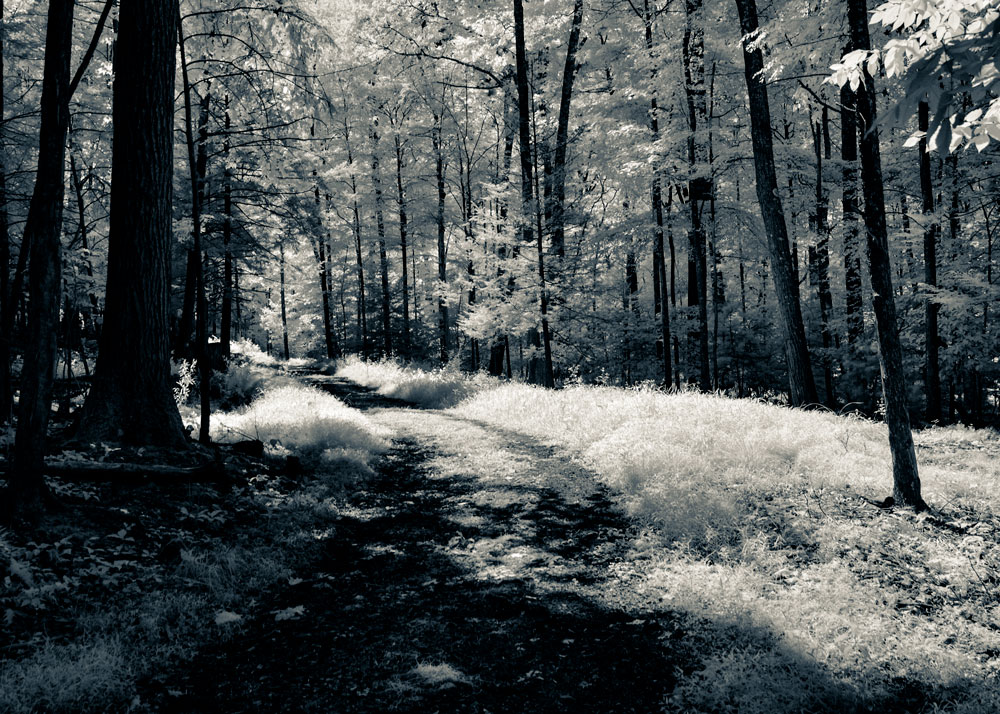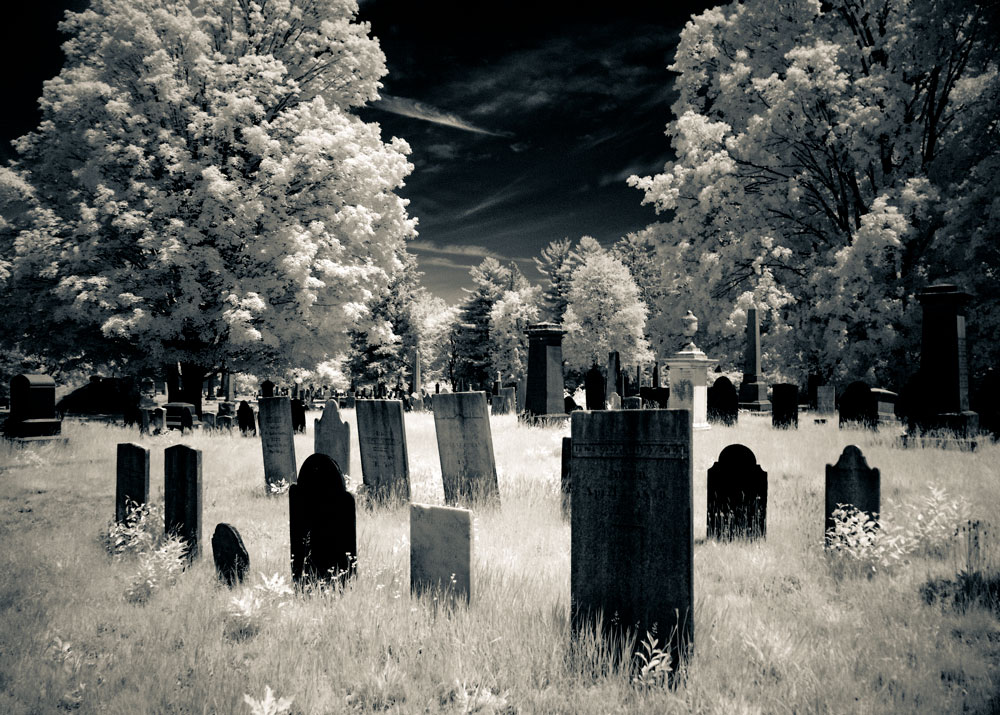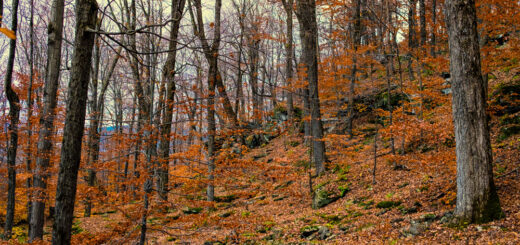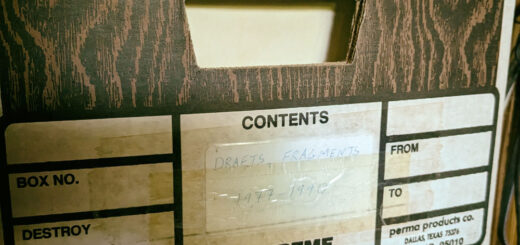“Is This the Road to the Edward James?”
 The Edward James was a fancy restaurant in the middle of nowhere, famous for its steaks. The building, by all accounts, was an old farmhouse that had been renovated, expanded, and made chichi. This happened after the fields around the place had been abandoned. Years passed. Thick forest and everything that goes with it closed in, rendering it a rather obscure location for a fancy restaurant. But that didn’t stop the people in expensive cars from coming.
The Edward James was a fancy restaurant in the middle of nowhere, famous for its steaks. The building, by all accounts, was an old farmhouse that had been renovated, expanded, and made chichi. This happened after the fields around the place had been abandoned. Years passed. Thick forest and everything that goes with it closed in, rendering it a rather obscure location for a fancy restaurant. But that didn’t stop the people in expensive cars from coming.
Frank Sinatra sang there once. He had come for the steak but the proprietor talked him into performing, right there on the spot. The guests were thrilled. Another time, Patti Page showed up. She didn’t perform but word has it she enjoyed watching the bears. That was the other thing the Edward James was famous for: it had a huge garbage heap at the edge of the forest and the bears would come in from the wild to nosh on it. With a drink in your hand, you could sit on the porch and watch them frisk and frolic in the trash. It was well known that if you waved to these bears, they would lift a paw in return salute. There were lots of stories like this about the Edward James.
To get there you had to travel an unpaved road through an unkempt forest, a desolate route by urban standards, with no streetlights, no other houses, just the Edward James at road’s end. Beyond that was inhospitable wilderness. People with expensive cars usually avoid roads like that for fear of getting lost or breaking down or worse. You can never be too careful. All roads leading to the middle of nowhere arrive at the same place, but there’s no telling where one of those lonesome highways might begin. You could be on one right now and not even know it.
The road we lived on must have looked a lot like the one the Edward James was on. In those days it wasn’t paved and had a strip of grass running down its middle. Along one stretch was a neglected burial ground—you had to know when to look—but mostly the road traversed lonesome forest as it wended its way up Paradise Hill.
Since ours was the only house on this road, whenever people were lost—and this happened three or four times a week—they would always turn in our drive and pull up nearly to the door. They never got out of the car to come knock. They’d just sit there, expecting you to come to them. When you did step out to see what they wanted, a car window would roll down and somebody inside would bark: “Is this the road to the Edward James?”
No, you tell them politely. “Well, where is it?” Sorry, you say, but you don’t know. “Haven’t you heard of the Edward James?” Yes, you’ve heard of it. You’ve heard quite a bit about it. “You’ve heard of it but you’ve never been there?” That’s right. “So you have no idea where it is?” It must be around here somewhere, you admit, since so many people come by asking about it. But never having been there yourself, you are loath to speculate with directions—you wouldn’t want to mislead anybody. “Well, what about this road? Where does it go?” Dead end, you say. “So, this isn’t the road to the Edward James?” No way, you insist, shaking your head. That usually ended it. The car window would roll up and the expensive car would drive off.
You could tell those people were really irritated with you for not knowing where the Edward James was, or maybe they were irritated with the Edward James itself for not being easier to find. No telling. But when they got to the end of the drive, the expensive cars always turned the wrong way: up the road toward Paradise Hill, instead of back down the way they had come, despite what you told them about the dead end. It’s as if such people need to see these things for themselves, never taking anybody’s word for it. Ten or so minutes later, usually, you’d see them pass by on the road again. This time they may have been on the right track, because they never turned in a second time for directions.
At some point, the Edward James burned down. For a while, it was big news on the Mountaintop. Even bigger news was the realization that not a single person from these parts had ever been to the Edward James. In fact, nobody knew where it was. But the biggest news of all among locals was the realization that, for all these years, the whole Mountaintop had been suffering the same problem: strangers in expensive cars pulling up and demanding directions to the Edward James. Who were those people? And did they ever find what they were looking for?
Well, wherever they came from, word there must have traveled slow. For years after the Edward James burned down, the surly, off-track people kept coming. At least once a week an expensive car would pull up, its window would roll down, and a stranger inside would bark: “Is this the road to the Edward James?”
Nobody in our household had the courage to say that the Edward James had burned down. Decency requires that even rude strangers be given directions. So we would just tell them: “No, this isn’t it. But the road you want looks a lot like this one. You’re not far away now.”
©John P. O’Grady
Originally published in Grave Goods: Essays of a Peculiar Nature (University of Utah Press, 2001)
Revised and published in The Mountain Eagle on September 4, 2020


